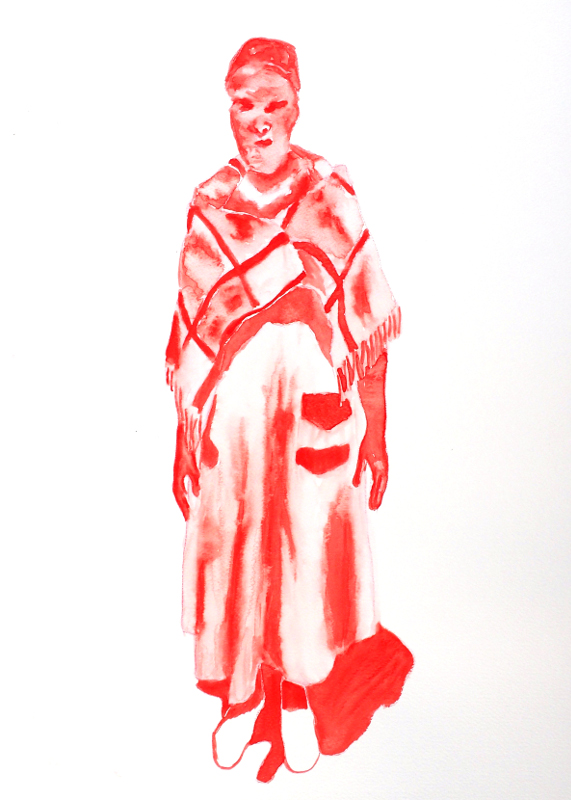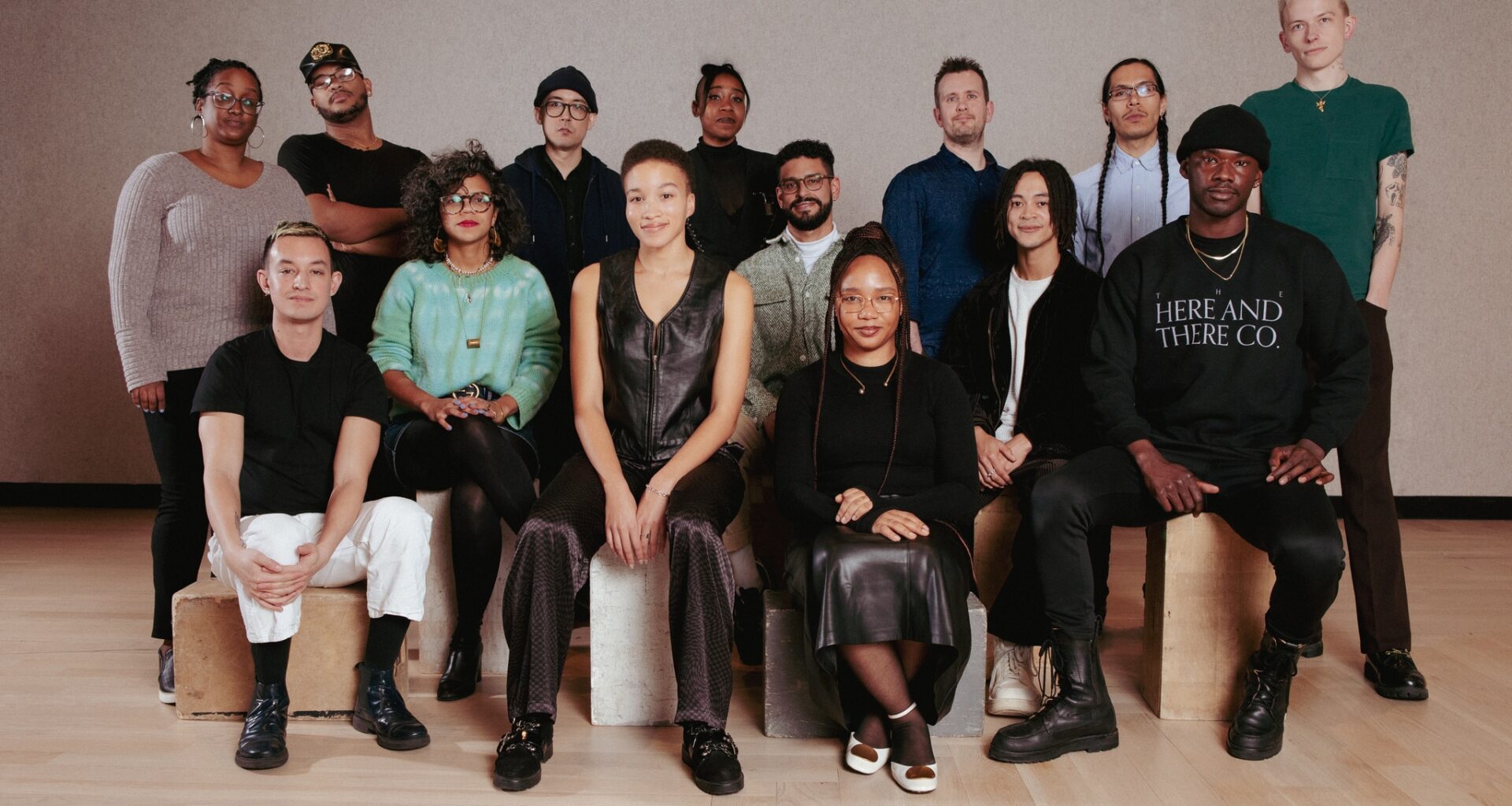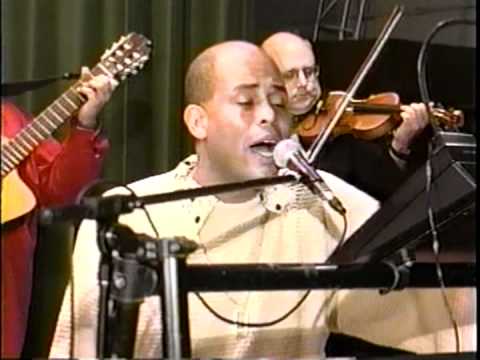Above: Abdoulaye Konaté, Brazil (Guarani), 2015. Courtesy of the artist and Blain|Southern
Zeitz Museum of Contemporary Art Africa announces the summer and fall season. Expect work by exciting artists that have made a profound impact on contemporary art.
Idéogrammes, signes, symboles et logos (hommage à Youssouf Tata Cissé et Germaine Dieterlen)
Abdoulaye Konaté
This new, monumental work by renowned artist, Abdoulaye Konaté, is an appliqué tapestry that was conceived especially for the museum’s iconic four-storey-high atrium wall. The installation consists of numerous overlaid fabric strips of deep rouge and indigo, that were individually cut and hemmed by hand. The work explores semiotics rooted in West Africa and honours two iconic thinkers distinguished for their pivotal contribution to culture, ethnologist and Malian historian Youssouf Tata Cissé and Germaine Dieterlen, a French anthropologist.
Much of Konaté’s work has referenced motifs and apparel of Malian masquerades, foregrounding important African knowledge systems. Over the last forty-four years, his work has engaged with socio-political and environmental issues, including HIV/AIDS, freedom of expression, Islamic fundamentalism, and political satire.
On view: February 12, 2020–January 12, 2021
Alfredo Jaar: The Rwanda Project
Alfredo Jaar: The Rwanda Projectis a solo exhibition by Chilean-born and New York-based artist Alfredo Jaar. His multidisciplinary practice explores power relations and socio-political stratifications, as well as issues of migration and discrimination.
The exhibition consists of selected works from The Rwanda Project, 1994-2000and is largely derived from Jaar’s own experiences in the country in 1994 and witnessing the then-recent aftermath of the genocide. The artist’s incisive critique of the world’s indifference to these events at that time is palpable. The series of technical and poignant installations bring attention to news media and the public’s voyeuristic gaze. As a critique of the act of looking and seeing, Jaar translates and integrates images into experiences that attempt to highlight the complexity of trauma as well as the memory that extends beyond that captured within a visual.
On view: March 27–July 26, 2020

Shooting Down Babylon
Tracey Rose
A radical voice in the art world, Tracey Rose’s cutting and uncompromising vision will be foregrounded in the largest, comprehensive retrospective exhibition by the revolutionary artist. Featuring work from 1996 to 2019, the show’s title is derived from an installation, Shooting Down Babylon (The Art of War), (2016), which reflects on varied exorcist and cleansing rituals from non-Western communities. The work points to several themes that stem from post-colonial entanglements such as repatriation, recompense and reckoning, and epitomises the wide-ranging media and concerns that are prevalent in Rose’s practice.
The exhibition will encompass film, sculpture, photography, performance, print, painting, and multi-layered participatory elements, with the body and performativity being central to every aspect. For Rose, the body – often her own – is a site for protest, outrage, resistance, and pertinent discourse. It is a channel for the demonstration of exasperation, aggravation, disruption, and paradox.
The exhibition will be accompanied by a major new monograph on the artist’s practice.
On view: May 1-September 20, 2020
Senzeni Marasela
Zeitz MOCAA presents a long-due institutional focus on the work of Senzeni Marasela. Through printmaking, drawing, performance, and mixed-media installations involving textiles and embroidery, Marasela’s work unpacks history, memory, and personal narrative, emphasising historical gaps and overlooked figures. The exhibition traces significant themes in her practice, particularly in relation to the persona and alter ego of the artist, Theodora.
Inspired by, and in homage to her mother, Marasela has over the last sixteen years explored the role of black working women in South Africa, subjected to the devastating effects of migration, patriarchy, and apartheid. In an ongoing action that blurs the lines between performativity and everyday life, Marasela has been wearing exclusively the same red dress, as a celebration of unsung, female figures. This is also a recurring motif in her fibre-based embroidery works, which are richly textured and detailed.
On view: May 29–August 9, 2020










